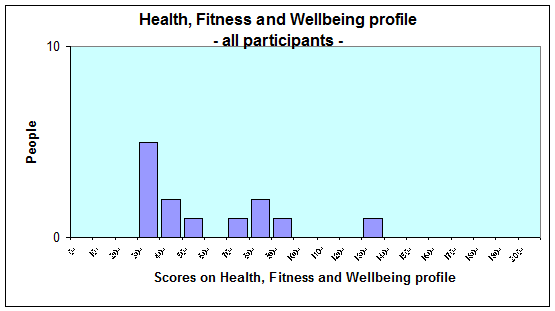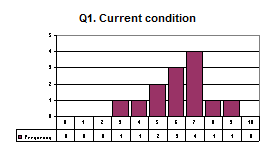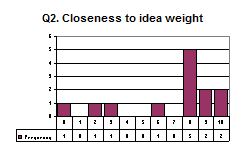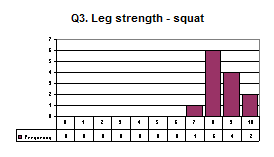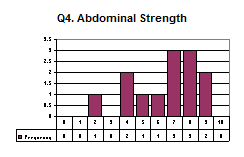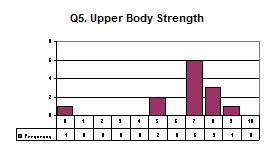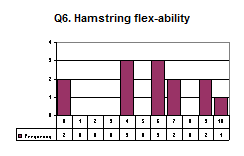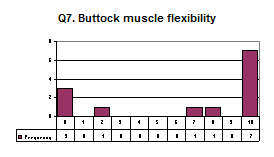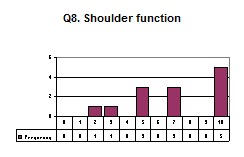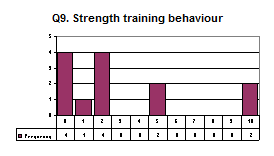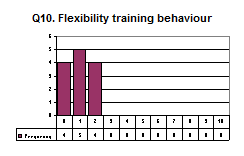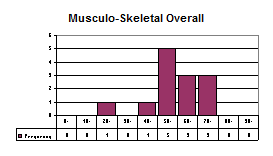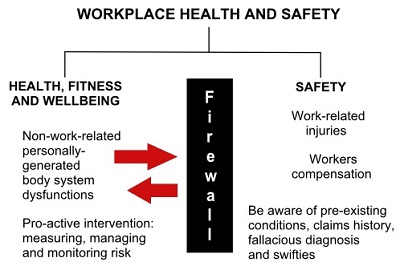|
|
|
|||||||||||||||||||||||||||||||||||||||||||||||||||||||||||||||||||||||||||||||||||||||||||||||||||||||||||||||||||||||||||||||||||||||||||||||||||||||||||||||||||||||||||||||||||||||||||||||||||||||||||||||||||||||||||||||||||||||||||||||||||||||||||||||||||||||||||||||||||||||||||||||||||||||||||||||||||||||||||||||||||||||||||||||||||||||||||||||||||||||||||||||||||||||||||||||||||||||||||||||||||||||||||||||||||||||||||||||||||||||||||||||||||||||||||||||||||||||||||||||||||||||||||||||||||||||||||||||||||||||||||||||||||||||||||||||||||||||||||||||||||||||||||||||||||||||||||||||||||||||||||||||||||||||||||||||||||||||||||||||||||||||||||||||||||||||||||||||||||||||||||||||||||||||||||||||||||||||||||||||||||||||||||||||||||||||||||||||||||||||||||||||||||||||||||||||||||||||||||||||||||||||||||||||||||||||||||||||||||||||||||||||||||||||||||||||||||||||||||||||||||||||||||||||||||||||||||||||||||||||||||||||||||||||||||||||||||
|
Musculo-skeletal Health Seminar Results |
||||||||||||||||||||||||||||||||||||||||||||||||||||||||||||||||||||||||||||||||||||||||||||||||||||||||||||||||||||||||||||||||||||||||||||||||||||||||||||||||||||||||||||||||||||||||||||||||||||||||||||||||||||||||||||||||||||||||||||||||||||||||||||||||||||||||||||||||||||||||||||||||||||||||||||||||||||||||||||||||||||||||||||||||||||||||||||||||||||||||||||||||||||||||||||||||||||||||||||||||||||||||||||||||||||||||||||||||||||||||||||||||||||||||||||||||||||||||||||||||||||||||||||||||||||||||||||||||||||||||||||||||||||||||||||||||||||||||||||||||||||||||||||||||||||||||||||||||||||||||||||||||||||||||||||||||||||||||||||||||||||||||||||||||||||||||||||||||||||||||||||||||||||||||||||||||||||||||||||||||||||||||||||||||||||||||||||||||||||||||||||||||||||||||||||||||||||||||||||||||||||||||||||||||||||||||||||||||||||||||||||||||||||||||||||||||||||||||||||||||||||||||||||||||||||||||||||||||||||||||||||||||||||||||||||||||||||
|
16. Moo Cow
John Miller conducted the Global Back Care Musculo-skeletal Health Seminar for The Group in August 2013.
13 participants completed the Health, Fitness and Wellbeing profile and the Musculo-skeletal Risk profile.
The results are presented in graphic format, with commentary.
Health, Fitness and Wellbeing Profile The Health, Fitness and Wellbeing profile provides people with a very good idea of how well the various systems of the body are functioning, particularly the
• the mind • autonomic nervous system • immune system • digestive system • circulatory system • elimination system • musculo-skeletal system.
On this profile a good score is a low score.
The score of a normal, fit and healthy human being is less than 20. Higher scores are symptomatic of dysfunction of one or more body systems. People with low levels of fitness and high levels of stress usually score well over 100.
For people with a score of more than 80, the ‘background noise’ of their life is becoming louder and louder. It is hard to concentrate on your work when body systems are dysfunctional. We know a fit and healthy group when we see the majority of scores below 40. This was not the case with this group.
By and large higher scores are usually a reflection of
• low levels of fitness
• an inability to deal with what life and work are serving up to people.
Remember, it is not what happens, but how we deal with what happens that determines our level of stress.
Classification of average scores: Excellent - less than 40. Good - 41 - 50. Reasonable 51-60. Poor - over 60.
This profile is described as not bad. The average score was 61. Anyone scoring more than 80 is putting up with a lot of 'background noise'.
Health Climate Survey Based on scores received in the Health, Fitness and Wellbeing profile we've compiled a Health Climate Survey. Scores on each item have ranked - the higher the score the worse the problem. We added the scores for each item. The results appear in the table below.
Musculo-skeletal Risk factor Profile
Our musculo-skeletal risk factor profile looked at a range of parameters including mobility, strength and flexibility and whether people are training to keep themselves strong and flexible. The musculo-skeletal risk factor profile is comprised of a mix of 9 objective and 3 subjective assessments. • Current musculo-skeletal condition • Closeness to ideal weight • leg strength • Abdominal strength test • Upper body strength test • Flexibility • Functional mobility – the ability to sit down and stand up with ease • Shoulder function • Strength training behaviour • Flexibility training behaviour.
A score of 70% is attainable by those who have a regular and systematic training program. Those scoring less than 70 are not doing sufficient in the way of strength and flexibility exercises. They are therefore exposing themselves to a high risk of musculo-skeletal dysfunction. (It would be bizarre for a workplace to offer to pay the rehabilitation costs of people who were not keeping themselves strong enough or flexible enough to do their job without succumbing to musculo-skeletal dysfunction, wouldn't it?)
We recommend the Organisation take seriously and monitor carefully the incidence of musculo-skeletal dysfunction and put in place an organisation-wide strategy to improve strength, flexibility and mobility. By far and away a high proportion of people do not have a strength and flexibility program. As a result they are getting weaker and tighter by the week, thereby exposing themselves and the organisation to risk.
When push comes to shove and people become dysfunctional, it will be the Organisation that ends up paying the high cost of an avoidable musculo-skeletal complaint. In our opinion musculo-skeletal dysfunction caused by lack of a regular and systematic strength and flexibility program cannot be classified as an injury.
Responsibility for musculo-skeletal dysfunction needs to be sheeted home to individual employees, though it’s unlikely to happen without the establishment of a culture within the Organisation that supports, values and understands strength and flexibility. We recommend a range of strength and flexibility classes that are readily available Australia-wide: -
The Organisation would place itself in the forefront of OH&S practice if it took the musculo-skeletal risk seriously and moved heaven and earth to educate all staff about this risk and encourage them to take part in a regular strength and flexibility program.
Maybe The Organisation and its worker's compensation insurer could invest in a pilot program to increase staff strength and flexibility! The lack of strength and flexibility training coupled with poor abdominal strength, upper body strength, flexibility and shoulder function is a cause for concern and needs the attention of individual staff and managers.
Recommendation
We strongly recommend that the people who are in current poor musculo-skeletal condition, and who lack abdominal strength, upper body strength, flexibility, shoulder function and functional mobility, in particular those who scored less than 50 on the profile, be obligated to attend regular, in-house strength and flexibility classes. The pressure on the organisation's workers' compensation costs is such that to do otherwise would, in our opinion be to abrogate a responsibility for the prudent management of the organisation's finances.
Universal Fitness Test and Fit-for-Work Award
For details on the Universal Fitness Test click on this link: http://www.johnmiller.com.au/universal_fitness_test/index.html
The award is based on the lowest points scored for a particular test item. Tests included in this report were pressups, situps and squats.
Strength tests taken until exhaustion - without stopping. 20m run - laps in 5 minutes
A fair standard for people to aim at would be the Bronze
Award - 20 situps, 20 pressups and 20 squats. Of the 6
people who failed to reach the bronze level, the two people in the
'amber' zone are not in great shape. The two people in the red and
black zones are likely candidates for a prehab
program. Recommendations
One of the aims of a work health and safety program is to prevent people with non-work related personally-generated musculo-skeletal dysfunctions from getting past the firewall and becoming workers compensation cases.
We recommend the Organisation take seriously and monitor carefully the incidence of personally-generated musculo-skeletal dysfunction and put in place an organisation-wide strategy to improve strength, flexibility and mobility. By far and away a high proportion of people do not have a strength and flexibility program. As a result they are getting weaker and tighter by the week, thereby exposing themselves and the organisation to risk.
A high proportion of people said they would willingly agree to take part in a daily exercise program to improve their musculo-skeletal health.
A high proportion of people said they'd take part in a prehab program.
When push comes to shove and people become dysfunctional, it will be the Organisation that ends up paying the high cost of an avoidable musculo-skeletal complaint. In our opinion musculo-skeletal dysfunction caused by lack of a regular and systematic strength and flexibility program cannot be classified as an injury.
Responsibility for musculo-skeletal dysfunction needs to be sheeted home to individual employees, though it’s unlikely to happen without the establishment of a culture within the Organisation that supports, values and understands strength and flexibility. We recommend a range of strength and flexibility classes that are readily available Australia-wide: -
The Organisation would place itself in the forefront of WHS practice if it took the musculo-skeletal risk seriously and moved heaven and earth to educate all staff about this risk and encourage them to take part in a regular strength and flexibility program.
Maybe The Organisation and its worker's compensation insurer could invest in a pilot program to increase staff strength and flexibility! The lack of strength and flexibility training coupled with poor abdominal strength, upper body strength, flexibility and shoulder function is a cause for concern and needs the attention of individual staff and managers.
Workplace Accident Insurance Blueprint
The Workplace Accident Insurance Blue Print contains a detailed analysis of the whys and wherefores of putting in train measures to enhance the musculo-skeletal status of staff and protect its workers compensation arrangements.
Our recommendation is that organisations adopt the following mandatory approach to measuring and managing risk:
This is a mandatory strategy with a ‘no ticket, no start’ requirement. The stakes are too high to do otherwise.
Staff need to know they can’t make a workers compensation claim until they’ve been through the process outlined above.
Prehab and rehab classes
We strongly recommend that the people who are in current poor musculo-skeletal condition, and who lack abdominal strength, upper body strength, flexibility, shoulder function and functional mobility, in particular those who scored less than 50 on the profile, be obligated to attend regular, in-house strength and flexibility classes. The pressure on the organisation's workers' compensation costs is such that to do otherwise would, in our opinion be to abrogate a responsibility for the prudent management of the organisation's finances.
Miller Health 7 Salvado Place Stirling ACT 2611 (02) 6288 7703
|
||||||||||||||||||||||||||||||||||||||||||||||||||||||||||||||||||||||||||||||||||||||||||||||||||||||||||||||||||||||||||||||||||||||||||||||||||||||||||||||||||||||||||||||||||||||||||||||||||||||||||||||||||||||||||||||||||||||||||||||||||||||||||||||||||||||||||||||||||||||||||||||||||||||||||||||||||||||||||||||||||||||||||||||||||||||||||||||||||||||||||||||||||||||||||||||||||||||||||||||||||||||||||||||||||||||||||||||||||||||||||||||||||||||||||||||||||||||||||||||||||||||||||||||||||||||||||||||||||||||||||||||||||||||||||||||||||||||||||||||||||||||||||||||||||||||||||||||||||||||||||||||||||||||||||||||||||||||||||||||||||||||||||||||||||||||||||||||||||||||||||||||||||||||||||||||||||||||||||||||||||||||||||||||||||||||||||||||||||||||||||||||||||||||||||||||||||||||||||||||||||||||||||||||||||||||||||||||||||||||||||||||||||||||||||||||||||||||||||||||||||||||||||||||||||||||||||||||||||||||||||||||||||||||||||||||||||||
